A recent study of ancient teeth unearthed at South China’s Hualongdong site is revolutionizing scientists’ understanding of human evolution in Asia. The 300,000-year-old dental remains from an enigmatic group of hominins reveal an unprecedented mix of primitive and modern characteristics, suggesting the evolutionary landscape in the Middle Pleistocene was more complex than previously believed.

The research, published in the Journal of Human Evolution, is the result of an international research collaboration between the Institute of Vertebrate Paleontology and Paleoanthropology (IVPP) in Beijing and the Centro Nacional de Investigación sobre la Evolución Humana (CENIEH) in Spain. The researchers, led by Professor Wu Xiujie, director of the excavations at Hualongdong, analyzed 21 dental elements, including 14 that were still embedded in a well-preserved cranium unearthed between 2014 and 2015 in Anhui Province.
What they discovered was a surprising anatomical mixture. The teeth possess a combination of modern features—such as small third molars and smooth buccal surfaces—combined with archaic features such as robust molar and premolar roots, traits more typically associated with Homo erectus. This reflects earlier skeletal analysis of Hualongdong hominins, which exhibited facial features typical of Homo sapiens but limb and jaw morphology more akin to H. erectus.
“It’s a mosaic of primitive and derived traits never seen before—almost as if the evolutionary clock were ticking at different speeds in different parts of the body,” explained María Martinón-Torres, Director of CENIEH and co-author of the study. Her colleague, paleobiologist José María Bermúdez de Castro, said: “The Hualongdong discovery reminds us that human evolution was neither linear nor uniform, and that Asia hosted multiple evolutionary experiments with unique anatomical outcomes.”
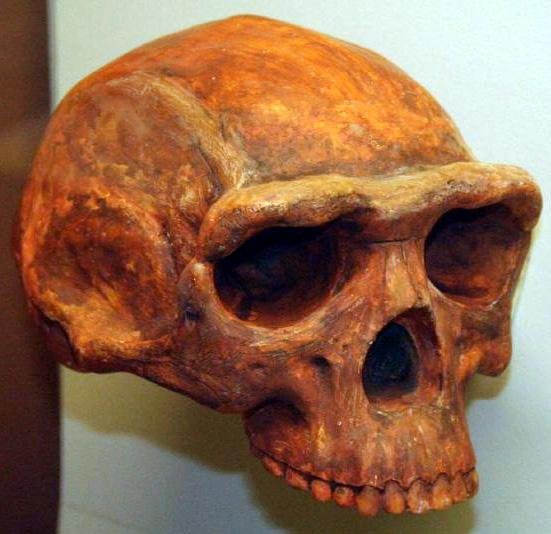
Significantly, the teeth from Hualongdong lack the typical Neanderthal features, so this group was distinct from Neanderthals and Denisovans. This has led scientists to propose some explanations for their unusual mix of features. One possibility is gene flow or interbreeding between an early Homo sapiens-like group and a more archaic species like Homo erectus. Or the Hualongdong sample might be a special lineage related directly to modern humans but separate from any known species.
This combination of features challenges old evolutionary classifications and supports the idea that hominin diversity in Asia was far greater than previously realised.
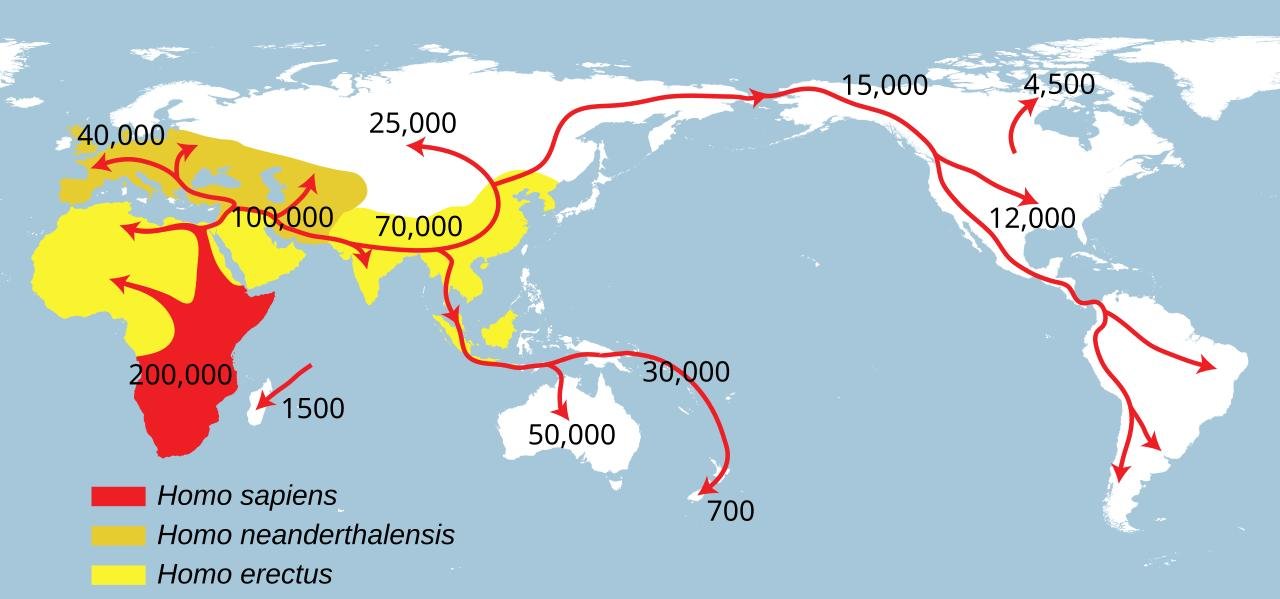
The Hualongdong discovery is one of an increasing number of findings suggesting that the Asian continent was an evolutionary hotspot of experimentation in the Middle Pleistocene. Other new discoveries—such as Homo luzonensis in the Philippines (2019), Homo longi in northern China (2021, now thought to be Denisovan), and Homo juluensis of China (2024)—further complicate the human family tree. Some of these species lived between 300,000 and 150,000 years ago, the same time that the Hualongdong hominins lived.
Despite the fossils’ age, the Hualongdong teeth share many derived features with Late Pleistocene hominins and even with modern humans. This includes a human-like occlusal outline and advanced groove patterns in premolars, suggesting that some modern traits were already starting to emerge in Asia long before the worldwide spread of Homo sapiens.
The discovery also underscores the importance of lesser-documented Asian sites like Panxian Dadong and Jinniushan, which, like Hualongdong, yield combinations of features not easily classifiable within current species categories.
While scientists note that more evidence is needed to determine the precise identity and evolutionary position of the Hualongdong hominins, the find represents an important advance toward illuminating the complex evolutionary history of our species in Asia.



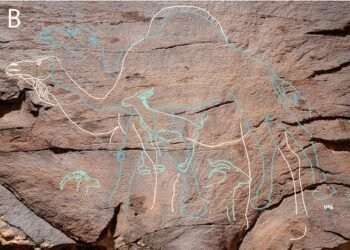

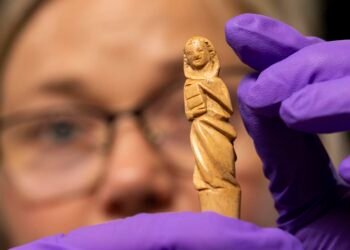

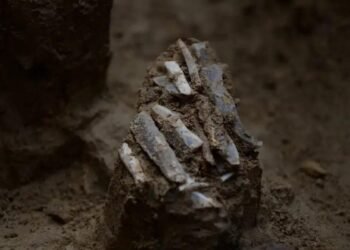
















The province Anhui is an important name. In Northern Afghanistan there is also Anhui (Andkhoi ) . The people of that region sharing facial and body characteristics with current Chinese people.
Another name Shadian is also shared.